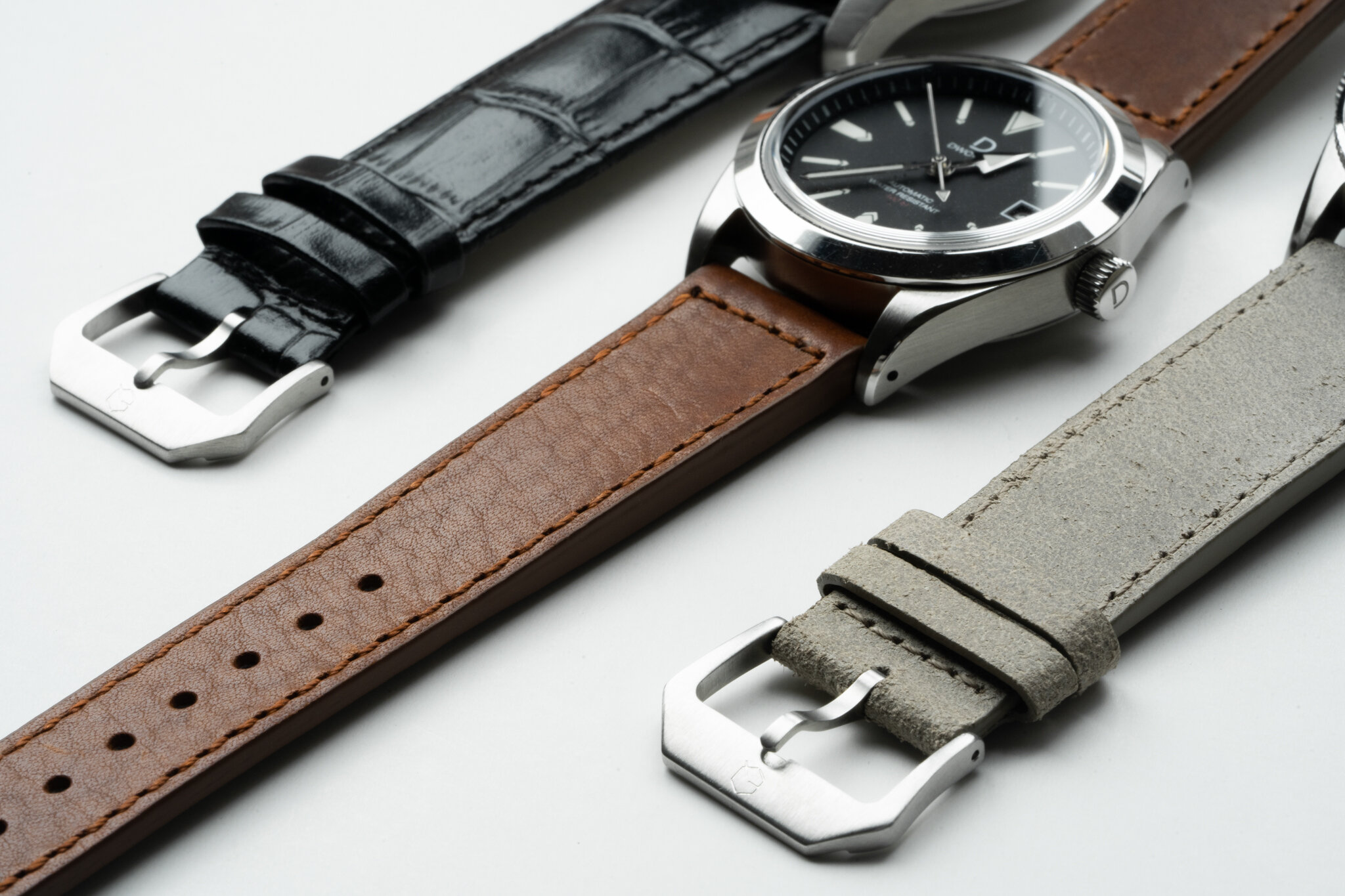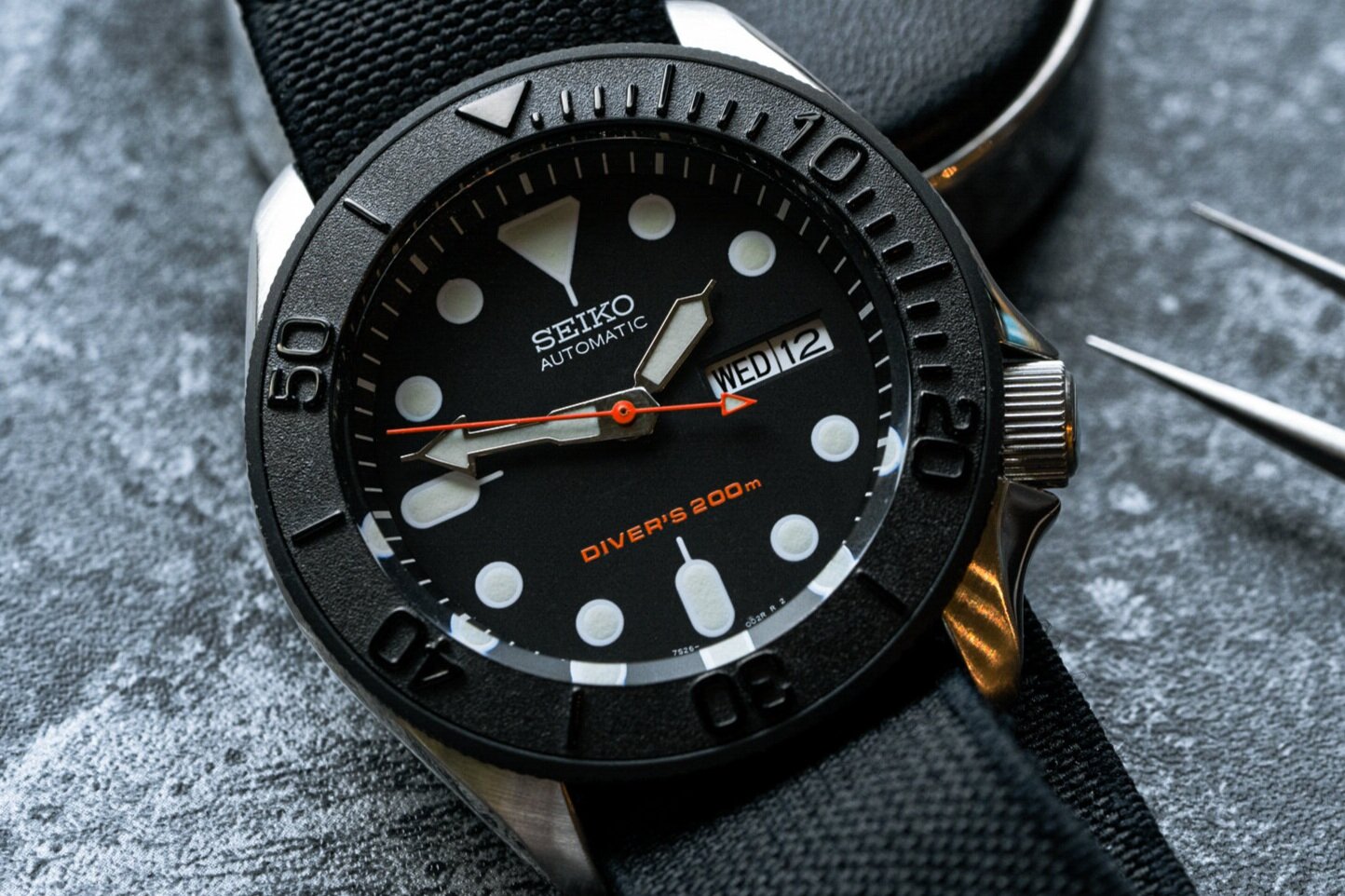Is My Watch Movement Broken?
How to Identify Types of Movement and Check its Function
A mechanical movement is the heart of a watch
“Is my movement broken?” This is a common question among first time watch DIY-ers. But don't worry if the watch seems to stop working. You want to identify the movement inside the watch first. It’s either a quartz or a mechanical.
How to identify a quartz movement
Quartz is a crystal that vibrate at a certain frequency when electricity passes through it, so a good way to identify a quartz movement is to check if it requires a battery. Another way is to see any mentioning of the word “quartz” on the dial, the case back etc. (Do not confuse this with the word “automatic”, which actually refers to an automatic mechanical movement) The third way is to observe how the second hand ticks. If it ticks once per second, most probably it’s a quartz, as a mechanical movement usually ticks multiple times in one second.
If you found out your movement is a quartz, and it stops, most probably it just needs a battery replacement. A local watch specialist can do this for you.
How to identify a mechanical movement
As mentioned, if the second hand moves multiple times within a second, then most probably it is a mechanical movement. Another way is to see if there any mentioning of the word “automatic”, “mechanical”, “manual” on the watch. These words refer to different types of mechanical movement. Try also to give your watch a shake; if the watch is an automatic, which means it has an automatic rotor to wind up the watch, you should feel something spinning within the movement.
How to check the functioning of a movement
To check the function of a mechanical movement, you can follow these steps (the first step is also relevant to quartz movement):
Push in the crown. Some movement comes with a function called "hacking second", which stops the movement when the crown is in time setting position
Turn the crown clockwise to wind up the movement. The movement might just be unwound, and mechanical movement needs winding to provide it energy. Give it about 30 turns. At this point the balance wheel (the oscillating wheel) should start running
If, at this point, the movement still isn't running, something may be obstructing its motion. To check, you should remove the components one by one. First remove the movement assembly from the case, then the hands and then the dial
If, after removing most installed parts, the movement still doesn't run, use a loupe to inspect the front and back of the movement. You want to check for anything that might have gotten caught up in the gear. It can be just a tiny thing: might be dust, debris or even hair. If you discover any foreign elements within the movement, try to dislodge it with the blower, or tweezers if necessary
These steps should eliminate most basic problems associated with mechanical movement. If the movement still doesn’t run after these steps, more advanced diagnosis, for example on hairspring and pivots, might be required. This will be covered in our later blog posts. Stay tuned!











Blued hands and screws are ubiquitous existences in the history of watchmaking. Behind that frequent appearance though is a history and science that go beyond the aesthetic value of flame bluing.